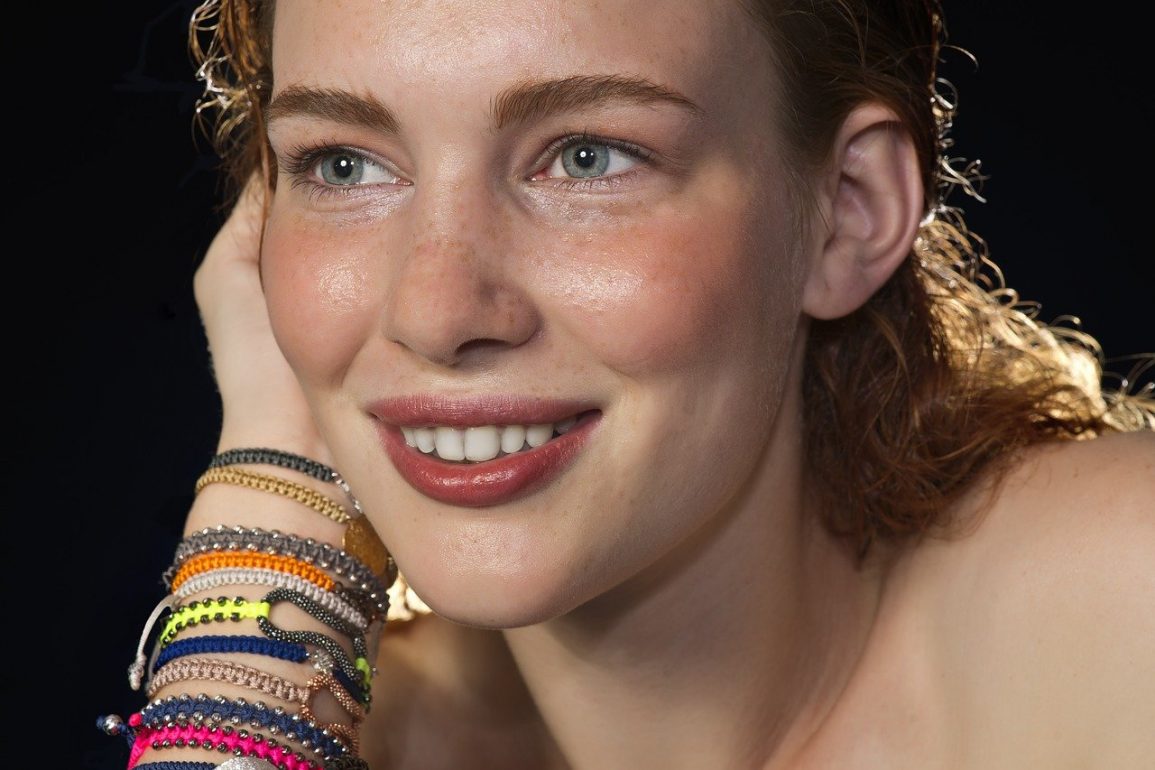10 things you should know before getting Invisalign – Invisalign is now synonymous with clear aligners. It’s revolutionised orthodontic treatment and provided image-conscious teens and adults with a discreet alternative to fixed braces.
You can take Invisalign aligners out for up to four hours a day to eat and drink without the worry of getting food trapped in your braces. You can also remove Invisalign to brush and floss, so it’s easy to keep your teeth clean healthy during your treatment.
Invisalign is an excellent way to straighten your teeth – more than 10 million patients have chosen it over train tracks.
If you’re thinking about joining them, here are some things you should know.
- Dentists and orthodontists can provide Invisalign treatment
Only qualified dentists and orthodontists can provide Invisalign treatment. Dentists often have less experience and prefer to treat straightforward problems like minor crowding and spacing. If your treatment is more complicated, they might refer you to an orthodontist.
Orthodontists have undergone specialist training in orthodontics, and usually, they only straighten teeth. Specialist orthodontists typically offer a choice of treatments and braces, so you can look at all your options and make sure Invisalign is right for you. You don’t need a referral to an orthodontist, and many provide free consultations.
- Invisalign isn’t available on the NHS
Under 18’s may be eligible for NHS-funded orthodontic treatment if they need braces to improve their dental health. For example, if their teeth don’t bite together correctly, making it difficult to chew food. To find out if they qualify, they’ll need to undergo an NHS assessment with an orthodontist.
Unfortunately, NHS funding covers metal fixed braces, and Invisalign isn’t usually an option. Most orthodontists will offer Invisalign on a private basis with prices ranging from £2,000-£5,000.
- Aligners can be uncomfortable at first
Invisalign is advertised as a comfortable alternative to fixed braces. While it’s less likely to rub the inside of your cheeks compared to fixed braces, you might find it slightly uncomfortable for the first few days.
When your aligners are first fitted, they’ll hug your teeth tightly, so you may feel some pressure. Your teeth might ache as they start to move, which is normal. Occasionally, your aligners might rub the inside of your mouth. If this happens, you can carefully smooth any rough edges using a nail file.
- You’ll need to wear your aligners for 20 hours every day
Your Invisalign treatment will consist of a series of aligners that you’ll work your way through to reach your goal. The success of your treatment will be partly down to you. To get the best result, you’ll need to wear your aligners for 20–22 hours every day.
If you’re not wearing your aligners for long enough, your teeth might not move as expected, and you won’t be able to progress on to the next set of aligners. Some people prefer fixed braces because they can’t forget to wear them!
- Invisalign aligners can discolour and stain
Invisalign is very inconspicuous, but you’ll need to care for your aligners to keep them looking their best. If you try to eat or drink while wearing your aligners, they could stain and become more visible. It’s always best to brush your teeth before putting your aligners back in.
Never use toothpaste to clean your aligners. It’s slightly abrasive and could scratch your aligners, which will make them appear dull. If your aligners do discolour, don’t worry. You’ll only wear each set for 1–2 weeks before moving on to a sparkling new pair.
- You might need to wear attachments on your teeth
Clear aligners alone have some limitations when it comes to moving teeth. If your case is complicated, your treatment plan might include attachments.
Invisalign attachments are tiny shapes made from composite. Your orthodontist will position them on specific teeth to act as handles for your aligners. They’re tooth-coloured, but they might make your treatment slightly more noticeable. Attachments are very quick and easy to apply and take off.
- Your aligners could affect your speech and cause a lisp
When you first start wearing aligners, you might find that they affect your speech. Not everyone develops a lisp, and in most cases, it’s very subtle. You’ll be more aware of it than others.
If you do have any problems, your speech will keep improving over the next few days as your tongue adapts. The more you talk, the quicker you’ll recover. All your aligners will be the same thickness, so you shouldn’t have any problems when you switch to a new set.
- Prices can vary between providers
The cost of Invisalign varies between practices, and it can be difficult to compare like for like. There isn’t an RRP for Invisalign, so it’s down to providers to set their prices.
If you receive a few different quotes, look carefully at the experience of your clinician and what’s included. Does the price cover retainers and aftercare? Some providers include finishing touches like teeth whitening as standard, while others will charge for these separately. If you’re not in a rush to straighten your teeth, it’s worth keeping an eye out for Invisalign offers to save some cash.
- You may getter a better result from fixed braces
There’s a slim chance that you won’t be suitable for Invisalign, or your orthodontist will recommend fixed braces for a better result. Even with attachments, there are some movements that aligners struggle with, for example, straightening severely rotated teeth.
If you opt for fixed braces, you can choose clear ceramic brackets to make your treatment less visible. Lingual braces fit behind your teeth, so they’re even more discreet than Invisalign.
- You’ll need to wear retainers after Invisalign
When you stop wearing your aligners, it won’t be the end of your treatment. You’ll need to wear retainers indefinitely to keep your teeth straight.
Retainers can be bonded behind your teeth or removable. Removable retainers are similar to Invisalign aligners. Instead of moving your teeth, they’ll hold them in their new position. Fixed retainers are thin wires, which are attached behind your front teeth. You might need to wear fixed and removable retainers together to prevent your teeth from moving.
To learn more about Invisalign, arrange a consultation with a local provider to put all your questions to an expert.
Poppy Watt


